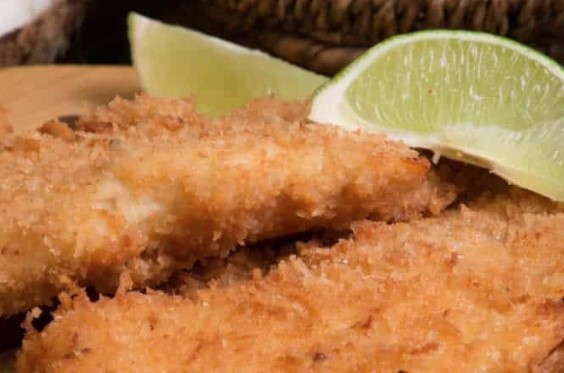Introduction: Kuwait’s Modernization and Cuisine
Kuwait is a country that has undergone significant modernization in recent years, particularly in terms of its economy and infrastructure. This has led to the emergence of a vibrant food scene that is influenced by both local traditions and international trends. Kuwaiti cuisine is a blend of Arab, Persian, and Indian flavors, which have been shaped by the country’s history of trade and migration.
In this article, we will explore the influences of Kuwaiti modernization and international trends on the country’s cuisine. We will discuss how globalization has impacted the food scene and how traditional dishes have evolved to meet the changing tastes of modern consumers.
Kuwaiti Cuisine: A Blend of Local and International Influences
Kuwaiti cuisine is a reflection of the country’s rich cultural heritage. The food is characterized by a mix of spices, herbs, and aromatic ingredients that are used to create bold and flavorful dishes. Some of the most popular dishes in Kuwait include machboos (a rice dish with meat or fish), thareed (a type of bread served with meat or vegetables), and balaleet (a sweet vermicelli dessert).
While Kuwaiti cuisine has its roots in local traditions, it has also been influenced by international flavors and cooking techniques. For example, many Kuwaiti dishes use Indian spices such as saffron and cardamom, which were introduced by Indian traders centuries ago. Additionally, the country’s proximity to Iran has led to the adoption of Persian cooking methods, such as grilling and roasting.
Influence of Globalization on Kuwaiti Food Scene
Globalization has had a significant impact on the food scene in Kuwait. The country’s rapid economic growth and increased exposure to international cultures have led to the introduction of new ingredients and cooking styles. As a result, Kuwaiti cuisine has become more diverse and innovative, with chefs experimenting with new flavors and techniques.
One of the most notable trends in Kuwaiti cuisine is the fusion of local and international ingredients. Chefs are incorporating ingredients such as quinoa, kale, and avocado into traditional dishes, creating new and exciting flavor combinations. Additionally, the rise of social media has allowed consumers to discover new trends and flavors from around the world, which has further influenced the food scene in Kuwait.
Kuwait’s Traditional Dishes vs. Modern Cuisine
While Kuwaiti cuisine has evolved to incorporate new ingredients and cooking techniques, traditional dishes remain an important part of the country’s food culture. However, these traditional dishes have also undergone changes to meet the demands of modern consumers. For example, machboos, which was traditionally made with camel meat, is now commonly made with chicken or lamb.
In addition to traditional dishes, modern cuisine in Kuwait is characterized by its creativity and innovation. Chefs are experimenting with new ingredients, flavors, and presentation styles to create dishes that are unique and exciting. This has led to the emergence of new culinary trends, such as molecular gastronomy and fusion cuisine.
Impact of Modernization on Kuwaiti Eating Habits
The modernization of Kuwait has also had an impact on the country’s eating habits. The rise of fast food and convenience foods has led to a shift away from traditional home-cooked meals. Additionally, the increase in disposable income has led to a rise in fine dining and gourmet cuisine.
However, there is also a growing trend towards healthy eating in Kuwait. Consumers are becoming more aware of the health benefits of certain foods and are seeking out healthier options. This has led to an increase in the availability of organic and locally-sourced produce, as well as restaurants that focus on healthy and sustainable cuisine.
Conclusion: Kuwaiti Cuisine in the Era of Globalization
Kuwaiti cuisine is a reflection of the country’s rich cultural heritage and its exposure to international flavors and cooking techniques. The influence of globalization has led to the emergence of new culinary trends and the fusion of local and international ingredients. While traditional dishes remain an important part of the country’s food culture, modern cuisine in Kuwait is characterized by its innovation and creativity.
As Kuwait continues to modernize and evolve, it will be interesting to see how its cuisine adapts to meet the changing tastes of consumers. However, one thing is certain: Kuwaiti cuisine will continue to be a vibrant and dynamic reflection of the country’s rich cultural heritage.


